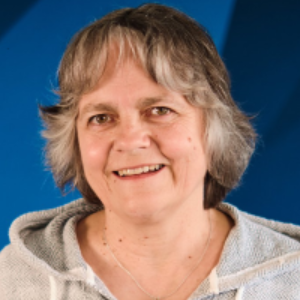Title : Axon regeneration after spinal cord injury using AAV-mediated gene therapy
Abstract:
The damaged nervous system leads to the impairment of the motor, sensory and autonomic functions, since the central nervous system (CNS) regeneration is very limited. Failure of axon regeneration in the CNS is partly due to the inhibitory environment, and partly due to the intrinsic loss of regenerative ability with neuronal maturation. The regenerating axons must overcome nonpermissive extracellular matrix of the glial scar, in which, among others, tenascin-C is upregulated after spinal cord injury and contributes to the inhibitory environment around the lesion site. The migration-inducing tenascin-binding integrin is alpha9beta1, which is expressed in the embryonic nervous system but downregulated in adults and not upregulated after injury. A key molecule for promoting migration and growth is membrane-associated PIP3, which is produced by PI3Kδ. In mature neurons many axon growth molecules are excluded from axons, and PI3Kδ expression enables anterograde transport of developmentally restricted molecules, such as the integrins, which has been shown to promote growth. In our studies we focus on regeneration of sensory axons and corticospinal tract axons (CST) using two different approaches based on gene therapy. Sensory regeneration was achieved in animals with dorsal column crush lesion using AAV based viral vector delivery of the integrin α9 and kindlin 1 genes to the dorsal root ganglia (DRG). We addressed two different levels of SCI, C4 lesion with DRG C6 and C7 injections for forelimb sensory restoration and T10 lesion with DRG L4 and L5 injections for hindlimb sensory restoration. Significant improvement was observed in Von Frey test for mechanical perception and Hargreaves test for thermal sensation in treated animals with both, cervical and thoracic lesions when compared to controls. Tape removal test was improved only in treated animals with T10 lesion. Positive behavioural outcome was confirmed by counting axons from α9 and kindlin 1 group above the lesion and c fos staining showing the connectivity of newly grown axons in the treated groups. To regenerate CST, we performed C4 dorsal lesion and injected the right motor cortex at 4 sites concurrently with viral vector mixture of PIK3CD and GFP. Significant improvement was detected in paw reaching test and grip strength test in treated animals compared to controls. Vector mixtures transducing neurons with PI3KD and GFP elicited growth of CST axons at least 1.3 cm below lesion 16 weeks after SCI. These axons make synaptic connections bellow lesion as proved by anti- vGlut1 staining. Electrophysiology confirmed connectivity bellow the lesion. In conclusion, the AAV-mediated gene therapy leads to robust sensory and CST axon regeneration after SCI proved by behavioural tests, electrophysiology and immunohistochemical staining.



